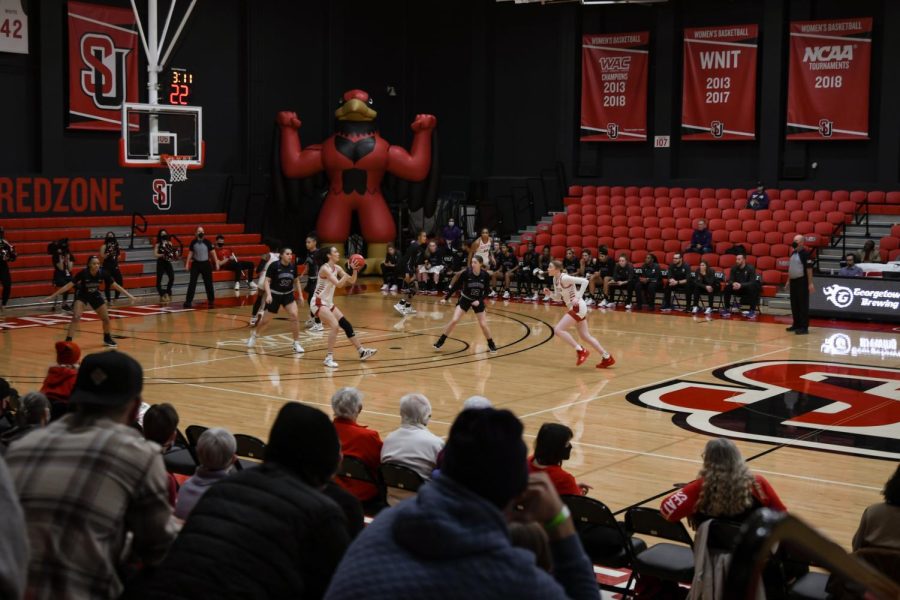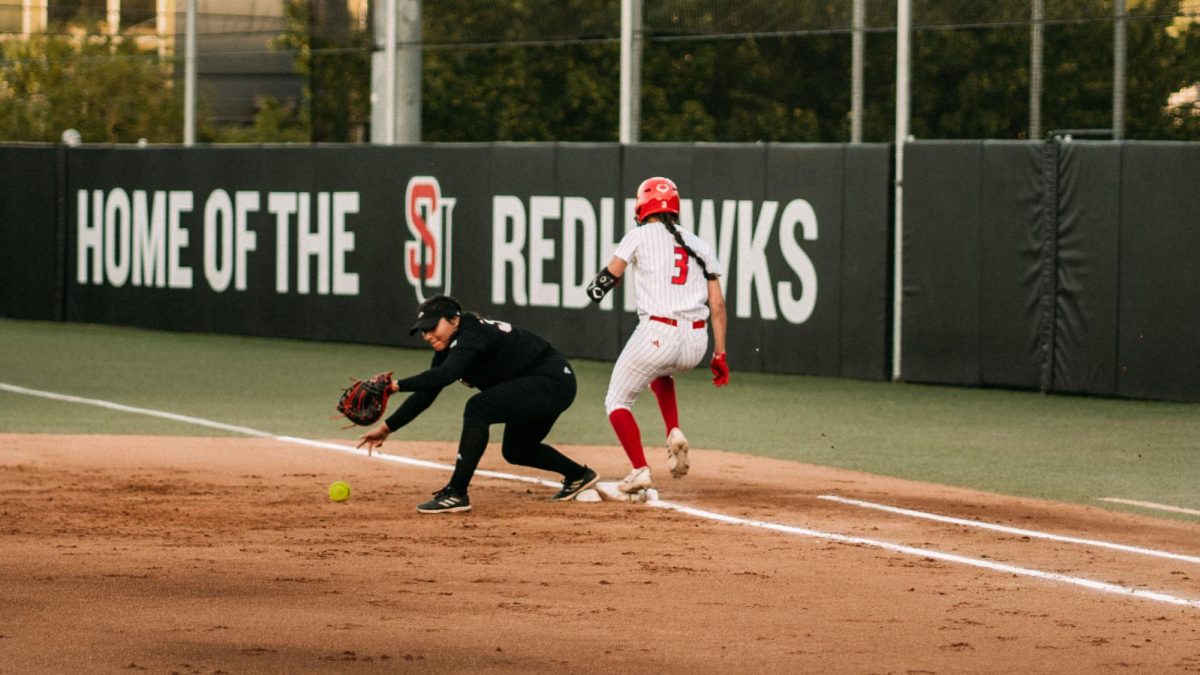I can’t even remember when I first learned to swim. I was in the water with my family before I could even walk. I grew up on year-round swim teams and I spent my summers lifeguarding and teaching swim lessons.
For all intents and purposes, I spent about as much of my childhood in the water as I did on land.
As a lifeguard and a swim instructor I understand the importance of pool safety, which starts with making sure people know how to swim. The truth is that a shocking percentage of children struggle with swimming, particularly children of ethnic minorities.
According to a 2010 national research study conducted by the University of Memphis, 70 percent of African American children, 60 percent of Latino children, and 40 percent of Caucasian children have little to no swimming ability.
These numbers have huge implications. In the United States alone, ten people drown each day, according to The National Center for Injury Prevention and Control.
Cullen Jones was almost a part of these statistics. When he was just five years old, he nearly drowned while he was playing at a water park. His mother enrolled him in swim lessons immediately.
After many years of training, Jones grew up to become the first African American to ever hold a world record in swimming. In the 2008 Olympics, he became the second African American to ever win a gold medal in a swimming event.
Because he nearly drowned as a child and because he is an ethnic minority competing in a predominantly white sport, Jones became invested in providing opportunities for other at-risk children to learn how to swim.
In 2008 he became a spokesperson for the USA Swimming Foundation’s Make a Splash initiative, which raises money to provide water safety education and swim lessons to children all over America.
And so, in honor of Cullen Jones and the Make a Splash program, I thought I would share with you my top five simple secrets to help improve your swimming. I may not be an Olympic gold medalist, but in my 12 years as a competitive swimmer I did learn a thing or two about staying afloat.
1. Keep air in your lungs. This may sound obvious, but it is often overlooked by inexperienced and/or panicking swimmers. I assure you, as long as you have air in your lungs your body will float to the surface of the water. The moment you let all of your air out, you will sink like a rock.
2. Keep your muscles relaxed. This tip goes along with the first one. Your body is much more buoyant when your muscles are relaxed. When your body is tense, your breathing gets faster and shallower. Thus, the combination of a) less air in your lungs and b) more physical effort being exerted makes you more likely to get tired and potentially sink.
3. Blow nose bubbles. This is a simple skill that everyone can quickly master. Just slowly blow the air out of your nose as you are swimming along under water; it is the same as if you were breathing out of your nose on land. (Just don’t breathe in or you’ll get a nose full of water!) There is no need to use your hand to plug your nose; as long as you are slowly and continuously blowing out nose bubbles, no water will get in. Your nose-holding hand is put to better use as a paddle anyway.
4. Keep your head straight. The closest distance between you and the wall is a straight line. Whether you are doing crawlstroke, doggy paddling, or swimming butterfly in an Olympic race, you should try to keep your head as straight as possible. If you start turning your head or looking around from side to side, your body will begin moving in the direction your head is pointing. Thus, the line to the wall will become much longer and far more crooked.
5. Feel the water, don’t fight it. This may sound like advice from some cuckoo aqua hippie, but it’s true. If you slap the water and frantically splash your arms around, you will not get anywhere. Instead, be calm and strategic about your arm and leg movements. This skill can come only with time and practice. Spend time in the pool experiencing the properties of water; find a balance between the water’s resistance and your own relaxed movements. You will quickly discover subtle ways to use and manipulate the water to work with you. One such trick is to keep your fingers together when you take each stroke; you will pull more water and get to your destination faster.
And of course, it goes without saying that no matter what level swimmer you are, you should never go swimming completely alone. Always make sure you have a buddy and/or a lifeguard to ensure that you are protected from any freak accidents that may occur.
Lastly, never progress to the deeper part of the pool unless you are a confident and experienced swimmer.
Happy swimming!






![Josh Gibson Supplants Ty Cobb, Babe Ruth, as Baseball’s Best Hitter [OPINION]](https://seattlespectator.com/wp-content/uploads/2024/05/gettyimages-72075891-1200x675.jpg)




